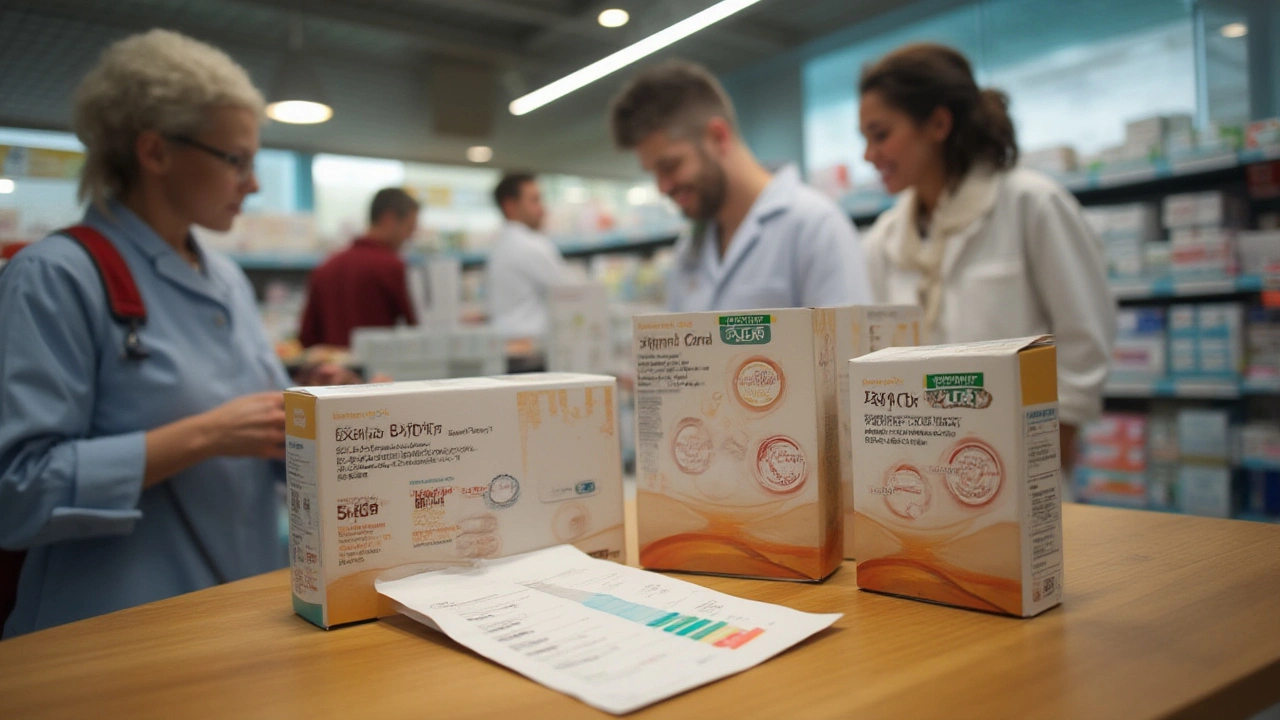FDA-Approved Generics: What You Need to Know
Want the same medicine for less? FDA-approved generics give you that option. They contain the same active ingredient, dose, and strength as brand-name drugs and must prove they work the same way. That’s called bioequivalence — a technical term, but it simply means the generic behaves like the original in your body.
Generics usually cost much less because manufacturers don’t repeat expensive clinical trials. Many drugs in our posts have generic equivalents: phenytoin (brand Dilantin), clomiphene citrate (Clomid), and common antibiotics like cephalexin. Knowing the generic name lets you compare prices and avoid paying for a brand when you don’t need to.
Safety: What the FDA Checks
The FDA evaluates quality, strength, purity, and how the drug is absorbed. Generics must meet the same manufacturing standards and pass stability and labeling rules. They can use different fillers or inactive ingredients, so if you have allergies to dyes or lactose, ask your pharmacist for an alternative formulation.
Some drugs have a narrow therapeutic index — small changes matter. Examples include thyroid meds, some blood thinners, and certain seizure drugs. For these, doctors often recommend extra monitoring (like blood tests) when switching between brand and generic or between different generics. Don’t switch without talking to your clinician if you’re on those medicines.
How to Find and Buy FDA-Approved Generics
Start by learning the generic (active) name of your drug. Your prescription label usually lists it. Next, check the FDA’s Orange Book online to confirm approved generics for that active ingredient. Pharmacies often substitute the generic automatically unless your prescriber marks “dispense as written.”
Shopping around helps. Compare pharmacy prices, use pharmacy discount cards, or check trusted online pharmacies — but be careful. Our site covers safe online pharmacy practices; always verify the pharmacy is licensed and requires a valid prescription. If a price looks too good to be real, double-check authenticity.
When you switch to a generic, track how you feel for a few weeks. If symptoms change, or side effects appear, contact your prescriber. Keep a record of the pill appearance and the pharmacy lot number if possible — that helps trace issues to a manufacturer batch.
Bottom line: FDA-approved generics are a proven way to save money without losing effectiveness. Use the FDA Orange Book, ask your pharmacist about inactive ingredients, and consult your doctor for narrow-range drugs. Small checks up front can save money and keep your treatment working as intended.
Symbicort Generics in 2025: What’s Approved and How to Get Them
Discover which Symbicort generics are FDA-approved in 2025, how to access them, and what sets each option apart for asthma and COPD management.

